
| Home | People | Research | Publications (UMBC) | Publications (pre-UMBC) | Teaching | Contact |
|---|
Research
Photonics is a scientific field concerned with the generation, detection, and manipulation of light. Our laboratory specializes in computational photonics, where we conduct research on various aspects of this field. Specifically, we concentrate on the development and implementation of devices and systems that incorporate multilayered structures.
|
Photodetectors: Converting Light into Electrical Current Photodetectors are devices that can convert incoming light into electrical signals, and they have become essential components in a wide range of applications, from digital cameras to LIDARS. These applications include optical communication, imaging, remote sensing, environmental monitoring, and more. |
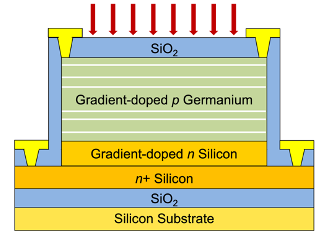
|
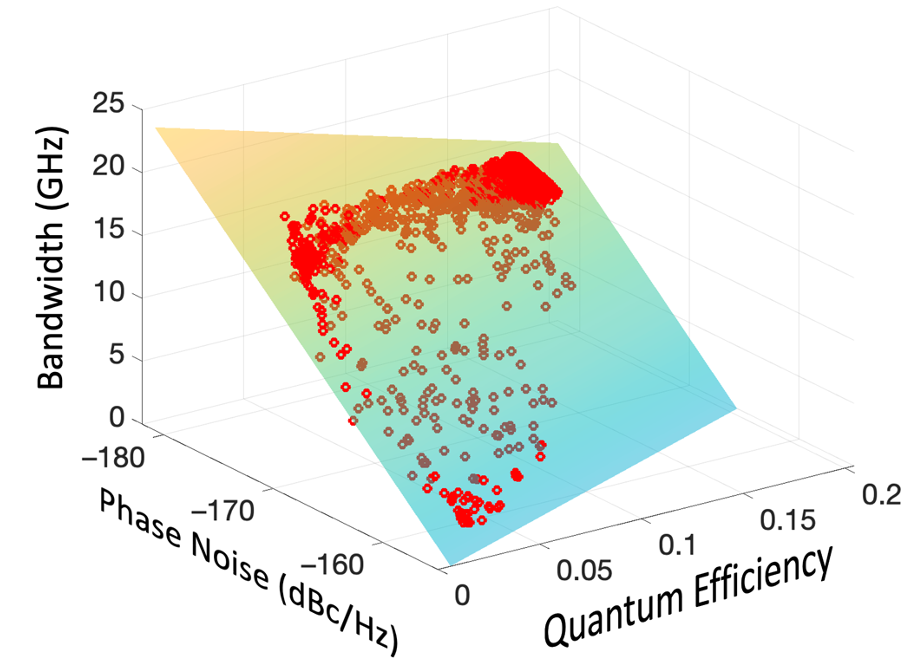
|
The characteristics of the incident light can vary depending on the application, including the excitation wavelength, intensity, and mode (continuous or pulsed). Moreover, different applications may have different requirements. For example, in optical communication, accuracy is of utmost importance, whereas for remote sensing, phase noise may be a critical metric. To optimize the performance of photodetectors for a particular application, one must consider several factors and balance the tradeoffs among multiple performance metrics. |
|
We are developing efficient numerical solvers that can analyze photodetectors consisting of multiple thin layers of semiconductors with varying doping levels. By coupling these solvers with modern numerical optimizers, we can design photodetectors that meet the specific requirements of a given application. Our recent studies have focused on p-i-n and modified uni-traveling-carrier photodetectors made with III-V semiconductors or Si-Ge.
|
Machine Learning for Photonics and Electromagnetics In addition to numerical optimization, we employ machine learning algorithms in our research for both forward and inverse problems. Regarding the former, we pay particular attention to developing energy-efficient neural networks designed in accordance with the working principles of the devices we are studying. |
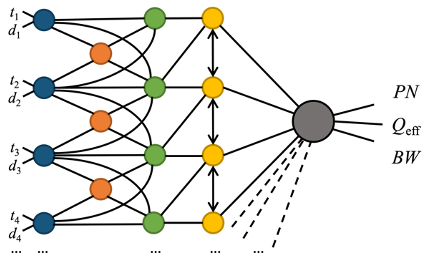
|
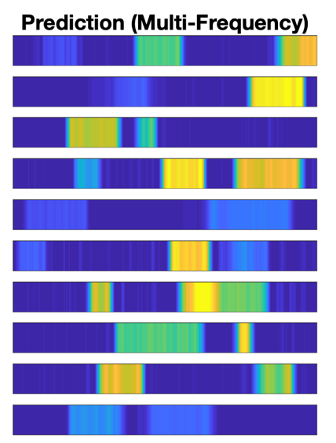
|
We are currently investigating two distinct inverse problems: electromagnetic inversion using neural networks and inverse device design. In electromagnetic inversion, we collect scattering data from receiver antennas positioned around a black box and attempt to deduce the contents of the box. Through recent research, we have discovered that using a limited number of antennas with broadband signals is more effective than using a large number of antennas operating at a single frequency. The second problem that we are exploring involves designing photonic devices through the use of machine learning algorithms. Our goal is to determine whether it is possible to design superior devices solely through analysis of data. |
|
|
Interaction of Light with Objects in Layered Media Consider a nanoparticle array constructed on top of an oxide-coated silicon substrate, where the interaction of light with the nanoparticles differs from those situated in free space. To account for the inhomogeneous background, we use layered medium Green's functions (LMGFs) to formulate our integral equations. These LMGFs are essentially the impulse response of the multilayered background to small electrical or magnetic sources. |
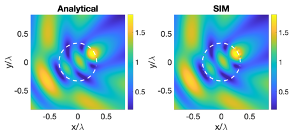
|
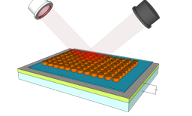
|
Due to their small size compared to the wavelength of the excitation, nanoparticles behave like miniature antennas. As a result, we can utilize our advanced LMGFs to re-formulate the coupled dipole approximation. This enables us to examine the sensing ability and sensitivity of surface plasmon resonance (SPR) sensors. |
|